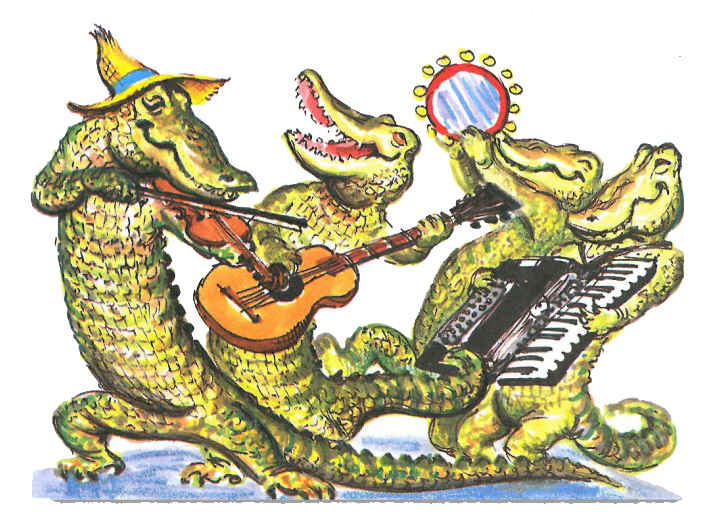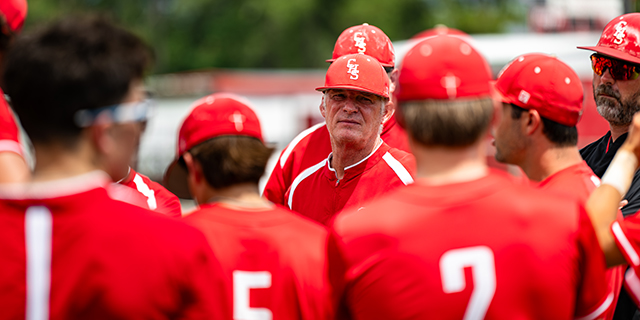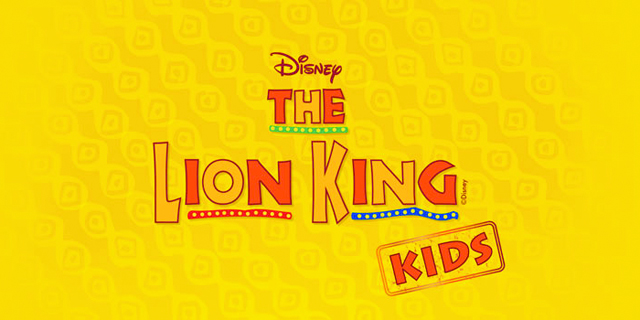Acadiana’s Most Compelling Stories Told in Film
Published 8:00 am Wednesday, November 24, 2021

- alligator zydeco.png
Conni Castille once ran away from her family’s heritage. “When I was very young, I internalized stereotypes that Cajuns were thought of – that they were backward, illiterate,” she says. “I really was embarrassed to be a Cajun.”
Reflecting on that time in her life, Castille says she never felt more Cajun than during the five years she was gone. It ultimately was what brought her back. “I realized while being gone that I am from someplace very unique,” she says. “So I came back home to study philosophy and document my culture.”
Trending
Lights, Camera…Ironing?
Castille, a native of Breaux Bridge, received a bachelor of arts in philosophy at the University of Louisiana at Lafayette, then went on to earn a masters in English and folklore.
It is her love for the stories of her family and the Cajun people — the things she once ran from — that drives her. Through her studies she began to rediscover the richness of her own culture, but it wasn’t until later that she chose to commit her research paper topics to film. In fact, Castille’s first two films were born from research papers she had written in college.
She produced her first documentary “I Always Do My Collars First” in 2007. The project, which turns the pedestrian task of ironing into a statement about identity and family life for Cajun women, includes members of her own family as subjects of the film.
“It wasn’t like I grew up a film buff,” she says. “I was coming at it from the folkloric perspective. Not everything lends itself to that medium. The first one was about ironing. It is about how we present ourselves. So it felt like a visual way to relate that story,” Castille explains. “It was a lot of work. I had to do all the same stuff—the same methodology — doing the same amount of research. Taking it to that other medium takes more work.”
Castille followed “Collars” with “Raised on Rice and Gravy” in 2008. That film explores Lafayette’s tradition of “plate lunch houses” and the community that surrounds the afternoon meal. Next Castille’s 2010 production “King Crawfish” dives deep into the microcosm of Cajun culture that is the Breaux Bridge Crawfish Festival. In the film the wild harvest crawfishermen of the Atchafalaya Basin discuss their fight to survive against oil and gas production.
Trending
Released two years later, in 2012, Castille’s fourth documentary explores Louisiana’s diverse horse culture. From white ranchers to the black trail riders to Cajun jockeys who cut their teeth on the state’s vanishing busk tracks, “T-Galop” features stories that cross cultural lines and parish boundaries.
Among her four documentaries, “I Always Do My Collars First” remains her favorite. “I was grappling with women in my culture,” she says of making the film. “When I was 17, I had a child. I felt I was internalizing a south Louisiana stereotype. Leaving and then coming back, I was trying to understand the women in my family. That one has a more emotional connection to me than the others.”
Outside In
Allison Bohl headed south and crossed Interstate 10 – the “Louisiana’s Mason- Dixon Line,” as Castille would say – to study visual arts at the University of Louisiana after graduating from Airline High School in Bossier City. Bohl chose to concentrate on non-narrative filmmaking. That’s where she met Castille.
“She was in her masters program at the time,” Bohl says of Castille. “Jerry McGuire (UL English professor) wrote poetry. I had made an experimental film using his poetry. I met (Castille) at the screening, and she asked me if I wanted to work on a project with her.”
That collaboration was on Castille’s first film, “Collars,” which was an educational experience all on its own for Bohl. “When you go from north Louisiana to south Louisiana, you can’t understand Cajun or Creole if you remain isolated on campus,” she says. “I got to go into their homes and really sit down and eat a meal with them. That’s really the best way to get to know a Cajun person. So much of Cajun culture is about the home, about how you treat people. I started to understand a little bit of what was unique about them.”
Bohl collaborated with Castille on her three other films, too. She says her perspective as an outsider was an asset to the storytelling process. “Even though I’ve lived here longer than I did in north Louisiana, I’ve been told I will never be considered a local,” Bohl says. “They don’t allow just anybody to come in,” she recalls thinking. “That’s not entirely true. They will embrace you as an outsider on the inside.”
Still, she says, her outsider status allowed her to see uniqueness in otherwise everyday stories. “I think that it helps me. Some things they think aren’t unique are (unique) to someone who grew up three hours north. That allows me to ask questions, like, ‘How would you explain this to someone in Bossier City?’ I thought everyone from Louisiana is similar. I have learned how nuanced it is, even within a 30-mile radius.”
“Bending Lines,” a film that explores the life and art of sculptor Robert Wiggs, is the first feature documentary from Bohl and her husband Peter DeHart. “His work, in particular, straddles the grey area of art and science and math,” Bohl says. “For most people growing up in school, they’re really kind of put in one pathway. A lot of his thinking asks you to rethink that structure.
“It’s heady stuff, not for everybody. We took to it and really loved getting to meet him and see his life work. He was 92 when we filmed him – still as obsessed with the process as he was when he was 30. He continues to be curious.”
Building a Showcase
South Louisiana and its Cajun and Creole cultures give rise to great stories, many still waiting to be told. That’s where people like Julie Bordelon come in.
Bordelon is the executive director of #CreateLouisiana, a statewide initiative to provide grants to filmmakers. The nonprofit organization currently has a French culture film grant out. “I think of Acadiana as French-speaking America,” Bordelon says. “It’s important for us to nurture that, especially for the kids in French immersion schools. They get out and find there’s not much to do. We can give them more options of careers, knowing they can come out and be a filmmaker. And they can do it in French and show the rest of the world a true depiction of what it’s like here.”
Bordelon also runs the Southern Screen Festival in Lafayette, which is scheduled for November 11-14 this year. She sees the festival as a two-way street when it comes to Cajun and Creole documentaries – it provides the regional filmmakers a platform for their work, but it also brings people in from outside the region to experieWnce those films and the culture behind them.
“You can go to all these festivals and conferences and bring a picture of people eating crawfish,” she says. “But they do not understand it until they experience it. One of the reasons we started Southern Screen is to bring independent films, arts and different cultures to our community, but also bring people in to experience our community. Documentary film does a great job of that.”
Castille agrees and hopes these Cajun and Creole documentaries will preserve the unique nature of the culture for future generations, even if they don’t extend the practices. “That’s not how culture gets passed along. But at least it documents it. At least we have this moment in time,” she says. “A lot of culture is tied to locations. Even the language. We tend to have people we still speak French to. Once we don’t have those people, we might not speak it anymore. It’s those little things.”
CAJUN CULTURE: REAL VS. REALITY THE EXPERTS WEIGH IN
“Life imitates Art far more than Art imitates Life.” So said Oscar Wilde in 1889.
In 2021, entertainment imitates culture more than culture imitates entertainment. So says filmmaker Allison Bohl about reality television versus documentary films in their portrayal of Cajun culture.
“There’a desire to take culture and put it on a platform that has national recognition,” she says. “‘Swamp People’ is an example. When you put it on that mainstream platform, you have to be entertaining.
“In that reality TV model, you don’t do pre-interviews. You’re on the spot trying to get it. Documentaries are more about building a relationship. You get to know the subject not as a character but as a person.”
Conni Castille, one of Bohl’s lmmaking mentors, agrees. She says she has not watched “Swamp People,” but the show’s national promotion has left an impression on her.
“I remember the lieutenant governor went to New York with a baby alligator,” Castille said. “I thought, ‘Doesn’t that feed into the stereotype that I resented growing up?’ I just don’t know that it helps us in the big scheme of things.”
Julie Bordelon has worked in reality television. She has seen from the inside the distinction between creating entertainment and reflecting culture.
“Reality TV is interesting. You can’t just lm someone having a crawfish boil. Production wants you to ham it up. With “Swamp People,” they are going to make more drama — make it more interesting or funny or entertaining.”
Castille, who teaches documentary lmmaking, says that is why she stresses to her students to be wary of extrapolating a character into a culture. She points to her rst lm, “I Always Do My Collars First,” as an example.
“That film only had four ladies in it, but I interviewed 20,” she says. “I have to know it is something that the community does value. You have to make sure it’s repeated and part of the conversation. Sometimes we take one of the most quirky expressions and put it up there. That doesn’t help anybody.”




